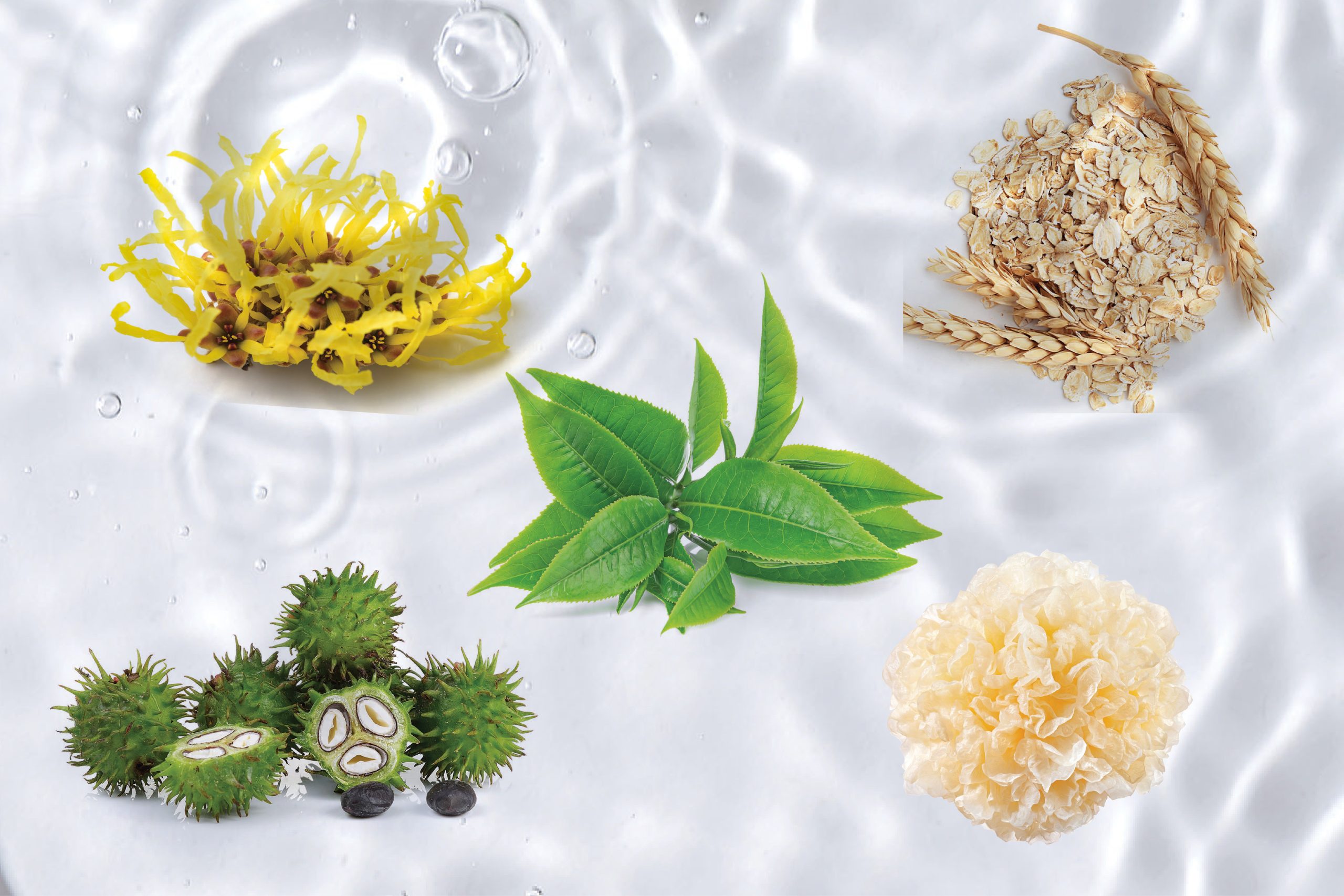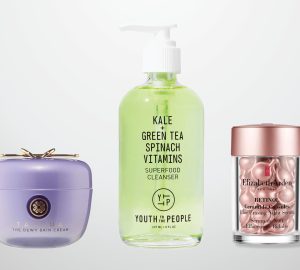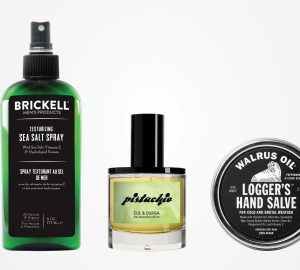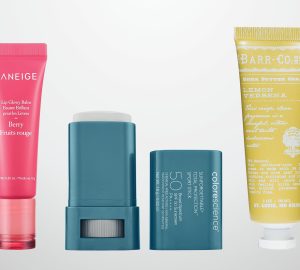As with anything, skin care ingredients experience cycles of popularity. Oftentimes, tried-and-true components experience resurgences thanks to buzz online. We’re looking at five ingredients with long histories that are currently enjoying another moment in the spotlight.
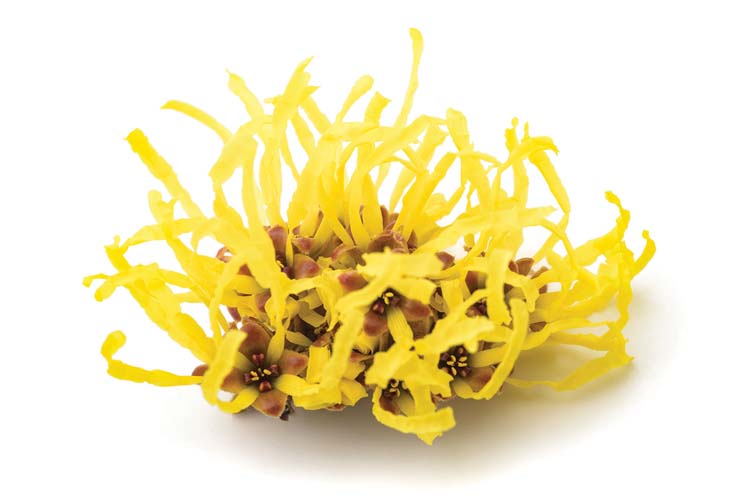
witch hazel
Witch hazel has a long history in skin care. Scientifically known as Hamamelis virginiana, it is a strong astringent, meaning it draws water out of the skin. It is most commonly made into toners to treat oily or acne prone skin. Recently, there has been a resurgence in its popularity thanks to new formulations that work better for a wider range of skin types. Witch hazel can reduce inflammation, tighten pores and control your skin’s oil balance. Thanks to its antibacterial and antiseptic properties, it also works as a treatment for bug bites, burns or other minor wounds.
Many products made with witch hazel are distilled with alcohol, which can be extremely drying. This has given the ingredient a bit of a bad rep. However, there are alcohol-free options, which are better for people with dry or sensitive skin. The efficacy of witch hazel as a treatment for eczema or rosacea is unclear, and its use may not be beneficial for people with those conditions. If you have any concerns, consult your dermatologist.
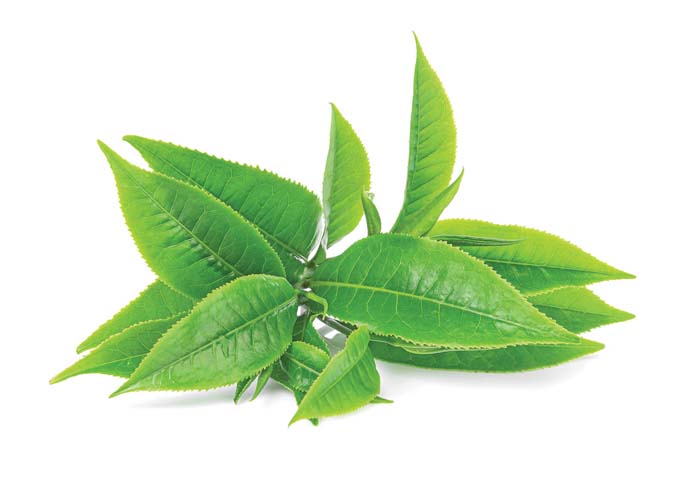
green tea
Green tea has long been lauded as a superfood for its health benefits, but it can also be a superstar in your skin care. Derived from the leaves and buds of the tea plant Camellia sinensis, many of its benefits are thought to be because of polyphenols, also known as catechins, which have antioxidant and anti-inflammatory properties. This means it can help soothe the skin while also protecting it from environmental factors like UV rays and pollution. Green tea also can fight the signs of aging, including sun damage, uneven texture and hyperpigmentation.
If it wasn’t already enough of an overachiever, green tea may also help fight breakouts. Research has shown that the ingredient can help cut down on the production of excess sebum—an oily substance your skin produces to protect it from drying out. Sebum can clog pores and is one of the main causes of acne. Green tea not only addresses the root of the issue; its anti-inflammatory effects can help soothe existing pimples as well.

oatmeal
Oatmeal has been used to soothe irritated skin for centuries—you may have had it applied as a child to help get rid of the itchiness that comes with chickenpox. For skin care, the grain, scientifically known as Avena sativa, is used in a colloidal form, meaning it has been ground with special equipment to an extremely fine particle size. It is used to treat skin-barrier conditions like eczema, but it does have everyday applications, too. Thanks to being packed with fats, proteins, vitamins and minerals, it acts as an emollient, softening and soothing the skin. It also has anti-inflammatory and antioxidant properties, boosting skin’s health and offering anti-aging properties like improved elasticity.
One of oatmeal’s biggest benefits is that it’s an option for all skin types, especially those with sensitive skin. It is known to have very few side effects or downsides. However, if you are allergic, it can dry or irritate your skin. People suffering from celiac disease should consider testing the product on a patch of skin for a few days to ensure that they do not have a negative reaction.
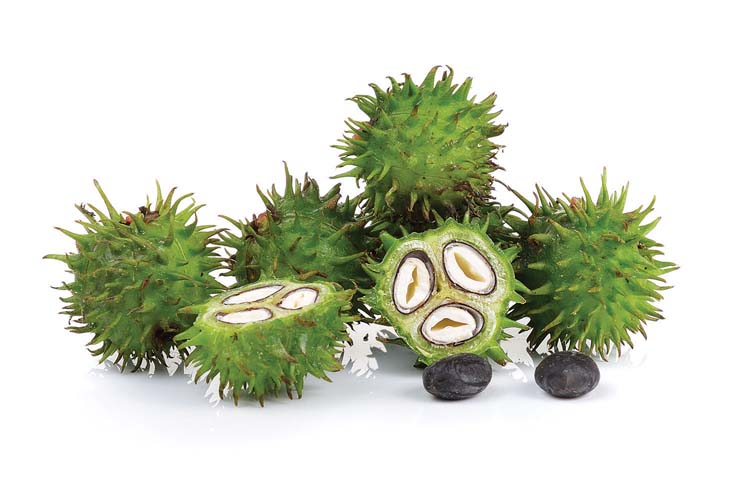
castor oil
Lately, castor oil has been making waves as a hair treatment on TikTok and other social media platforms, but it’s actually been used to encourage hair growth for millennia—as a beauty ingredient, it dates back as far as ancient Egypt circa 4000 BCE. Derived from the plant Ricinus communis, this nutrient-dense oil has a wide range of pharmaceutical uses. In hair care, it helps nourish the scalp and protect the stands. It may be touted online as a treatment for hair loss, but there is no scientific evidence of this. In reality, it just creates a healthier scalp, which in turn may allow for better hair growth.
Castor oil is rich in fatty acids like ricinoleic acid, which make it nourishing. It is most commonly used as an oil treatment, which works best when applied to dry hair. Warm the oil and work it through your scalp and the roots of the hair before combing any access through the lengths of your hair. After letting it sit for at least 20 minutes, rinse with water before using shampoo. While castor oil can be used on all hair types, it has been known to make dandruff worse.
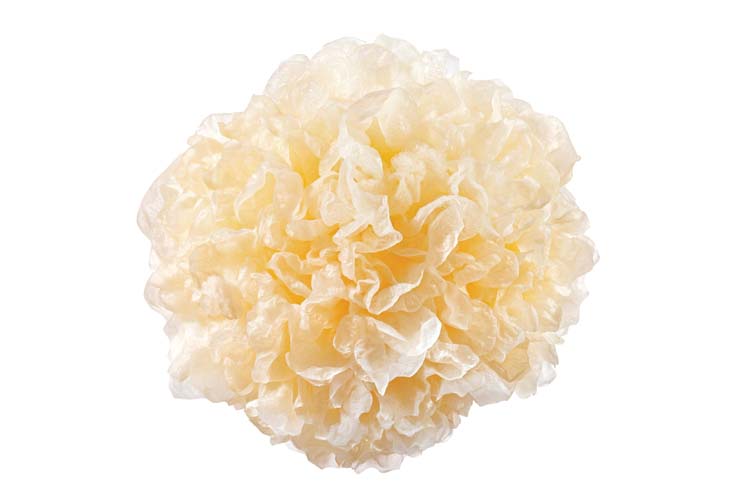
snow mushroom
Scientifically known as Tremella fuciformis and sometimes called silver ear mushroom, snow mushroom has been an ingredient in Asian medicine and skin care for centuries. While a fungus, it grows in white, gelatinous, frond-like structures that more resemble flowers than mushrooms. In skin care, it is extremely hydrating and has even been touted as a natural alternative to hyaluronic acid. The fatty acids in snow mushroom help you retain moisture while stabilizing the skin’s barrier.
As well as hydrating your skin, snow mushroom has anti-inflammatory properties, so it can soothe it. It also is a source of vitamin A, C and D and contains kojic acid, which is commonly used for addressing dark spots and discoloration. Mushrooms also have antioxidant properties, protecting the skin from environmental stressors. The ingredient is gentle and skin-friendly, so it can be used by a wide variety of skin types. It is considered to be most effective for dry skin, however, due to its hydrating properties.





